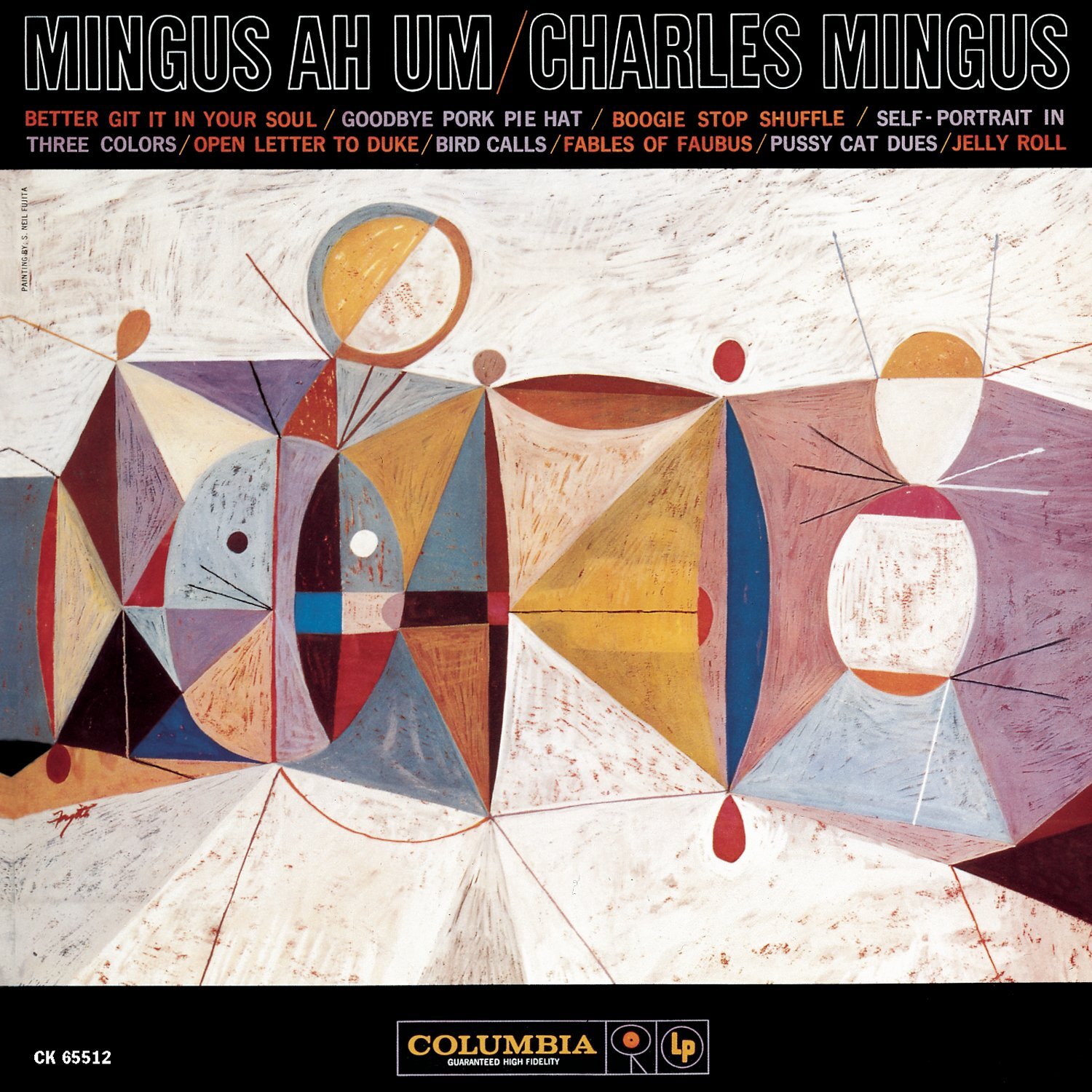

In July 1975, Mingus and co were back in Bremen for the first time since 1964.

( pictured left, from left: Charles Mingus, Eric Dolphy and Johnny Coles on stage, Bremen, 16 April 1964) Both were absent in Bremen, where there must have been a revision of the set to take account of it being recorded for broadcast. The tour ended in Stuttgart on 28 April, when Orange…” and “Sophisticated Lady” were also played.

There, “Orange Was the Color of Her Dress, Then Blue Silk” and Duke Ellington’s “Sophisticated Lady” were in the set. When the soon-to-be castigated band arrived in Bremen in 1964, they were on a European tour which began at Amsterdam’s Concertgebouw on 10 April. This 1964 show is edgy, rollicking.Įven so, the liner notes say the newspaper Weser Kurier’s review took issue with “Mingus’s seeming lack of interest in toning down his performance to meet the audience’s tastes.” Die Welt concurred, saying “It’s a shame that the artist neither respects or admires the audience.” Oh dear. Dolphy was not the only player in the spotlight. After this solo, Byard riotously rides up and down the keyboard while Coles and Richmond take off. Just after seven minutes into “Fables of Faubus”, there’s a four-minute piano passage where every player takes a back seat to Byard. Mingus might be the bandleader but no one is held back. The band takes about ten minutes to get going on 16 April, and from that point in set opener “Hope so Eric” things begin cooking. Soon afterwards, in Berlin on 29 June 1964, he died. The earlier set is of interest due to Dolphy’s presence. In 1975, it’s Mingus, George Adams (tenor sax), Don Pullen (piano), Jack Walrath (trumpet) and, again, Richmond (drums). In 1964 it’s Mingus plus Jaki Byard (piano), Johnny Coles (trumpet), Eric Dolphy (woodwind), Clifford Jordan (tenor sax) and Dannie Richmond (drums). In 1975, when nine pieces were played, only “Sue's Changes” is comparably long. In 1964 “Hope so Eric” and “Fables of Faubus” stretch out to around the half-hour mark, while “Meditations on Integration” and “Parkeriana” are each over 20 minutes (overall, six pieces are played). The compositions played are unique to each show, and there's a different approach to elasticity. While each performance runs to just short of two hours, the contrasts between them are not limited to representing different periods in the career of double bassist/pianist Charles Mingus. There was an audience of 220 at the earlier show, 440 at the later. Each show issued on Charles Mingus Bremen 1964 & 1975 was captured by the north German regional broadcaster Radio Bremen.


 0 kommentar(er)
0 kommentar(er)
